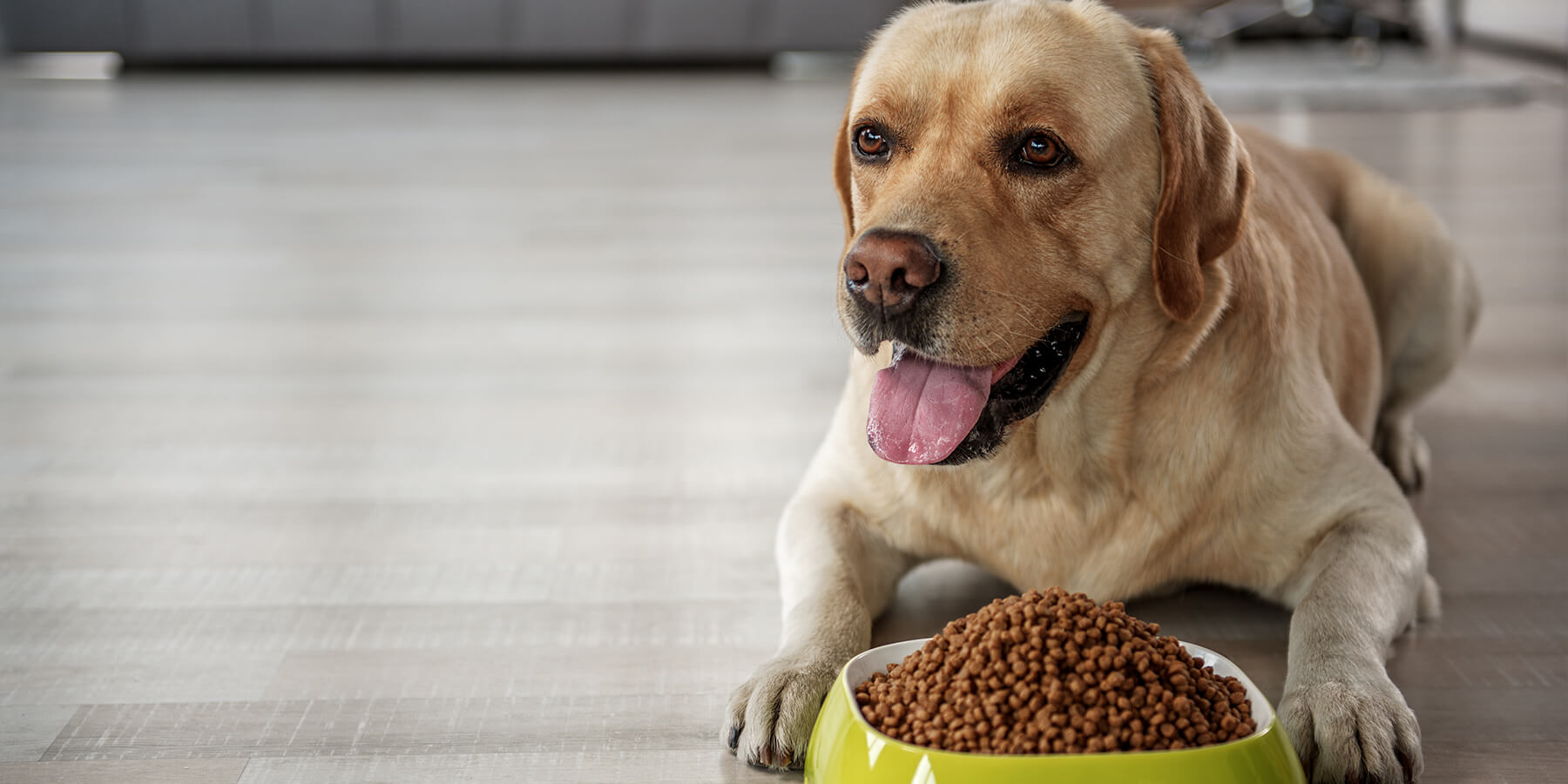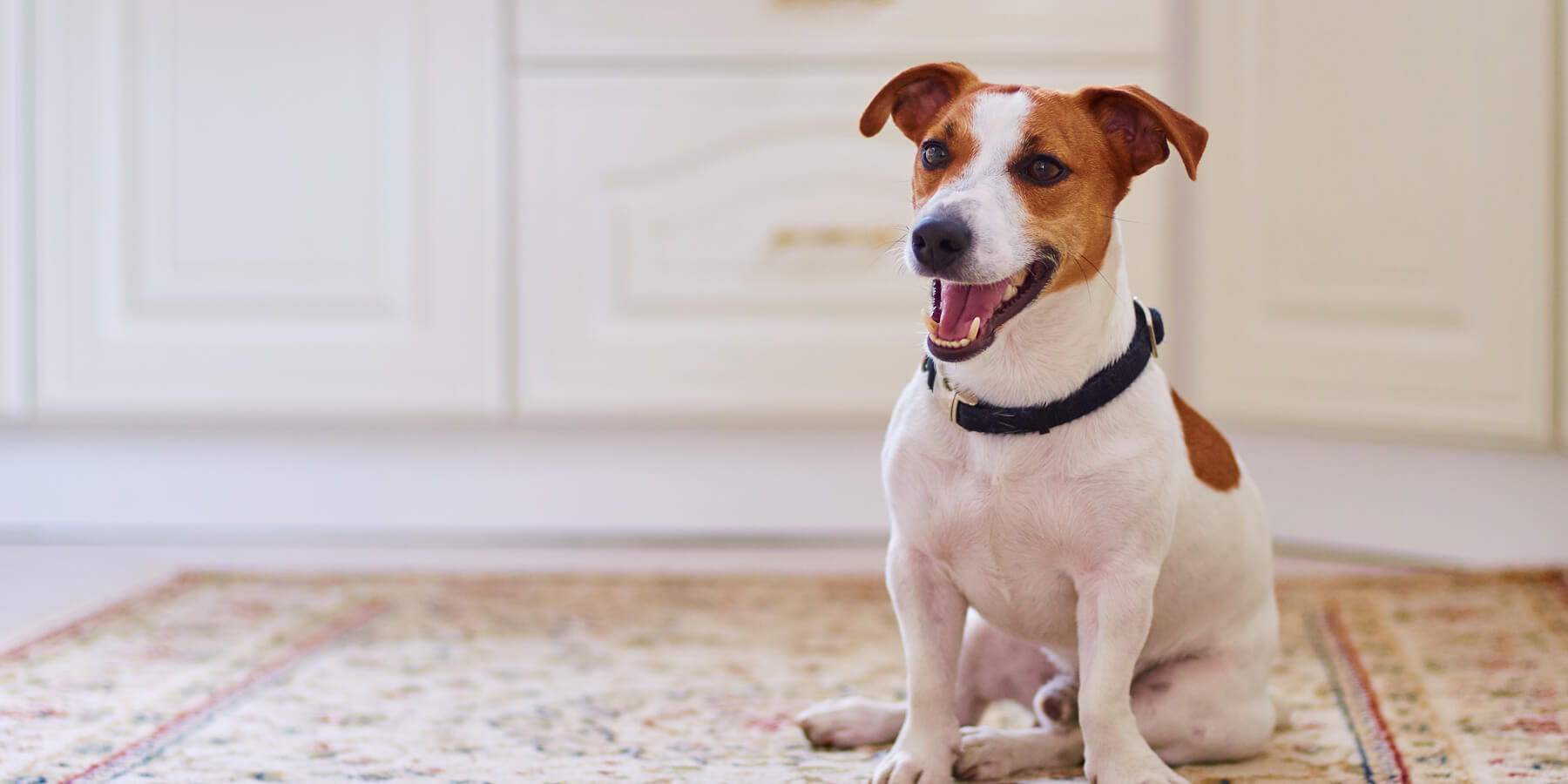We all want to feed our pets the right food, but just like humans, every pet is an individual and will have different dietary needs.
It is particularly important to find a high-quality diet that is right for your pet. Here are some of the common signs you’re feeding your pet the wrong food, and what actions you can to take to fix the issue.
A POOR DIET
A poor diet can affect the general health of your pet and you may notice abnormalities in your pet’s:
- Energy levels – lethargy, exercise intolerance
- Body weight – underweight or overweight
- Skin/coat – a dull coat, dry/itchy/flaky skin
- Stools – large volume, difficult to pick up, unformed or very soft, watery, mucousy, dry/crumbly, small and hard.
If your pet has any of these issues, before you assume it’s related to their diet, it’s very important to have your pet checked by your vet to rule out underlying diseases. Your vet will advise you whether or not they think your pet’s food is contributing to their signs.
FOOD ALLERGIES
If your pet is fed a good quality diet and you notice itchy skin, vomiting or diarrhoea, they may have a food allergies. Keep in mind that food allergies are less common than other causes of skin and digestive problems. Your vet will help you diagnose a food allergy with a prescription elimination diet.
HOME COOKED MEALS
Home cooked diets are often lacking in vital nutrients that a pet needs, which can lead to long term severe nutrition-related diseases. Home cooked diets should only be fed under the strict guidance of a veterinarian and ideally a certified pet nutritionist.
FUSSY EATERS
Your pet may not be enjoying their meals. If you notice your pet is reluctant to eat a certain pet food, but happily finishes off another pet food, then the taste of the food may be an issue.
SLOW & STEADY TRANSITION
Whenever you are changing your pet’s diet, it should always be done gradually over 5-7 days to minimise digestive upset.
Remember to work in partnership with your vet if you suspect your pet is not eating the right food and monitor their body condition. Once you are on the right track, you can also read our article on the signs your pet is eating the right food.



